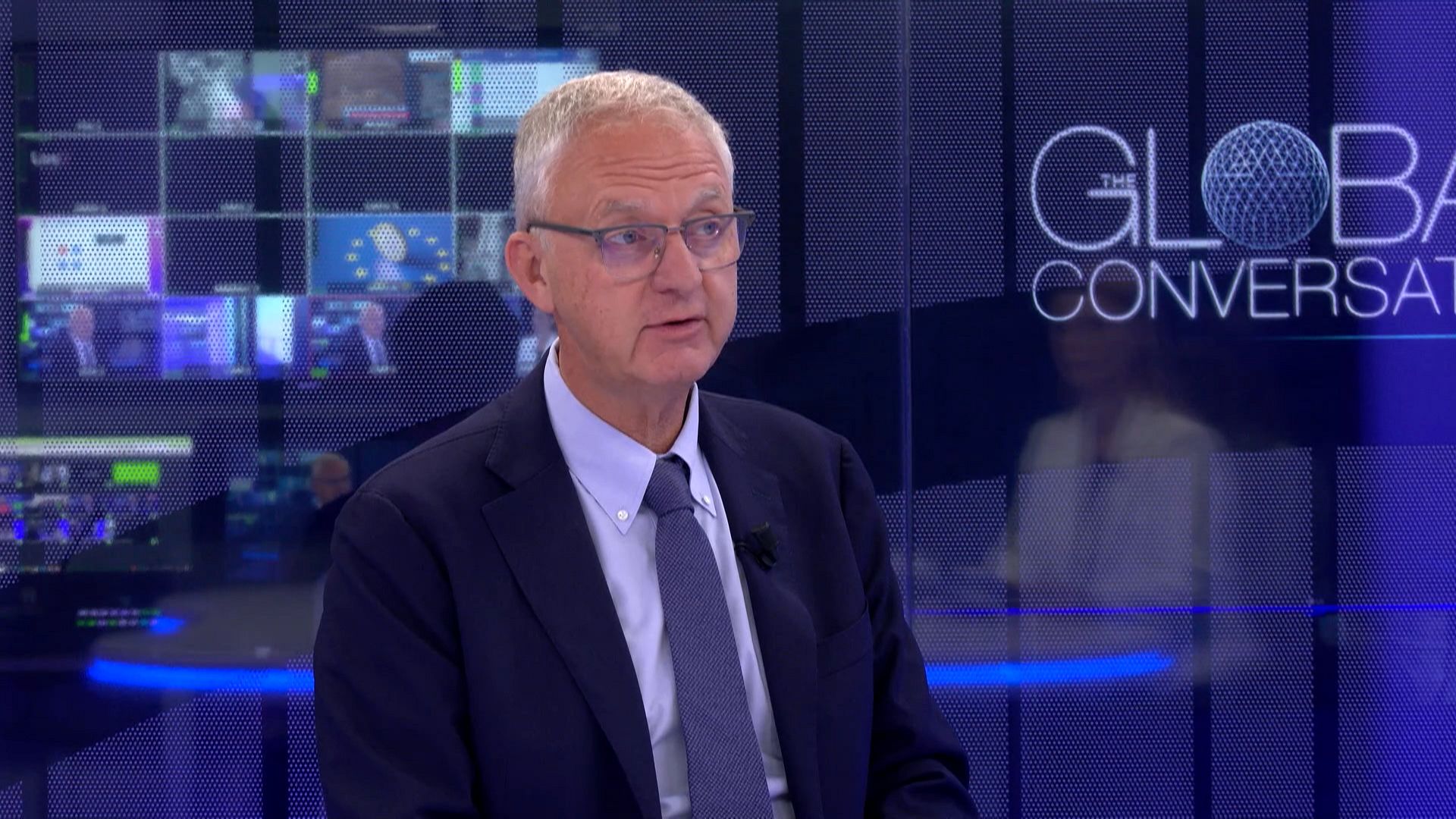The European Union (EU) is currently grappling with an increasing illegal drug trade that poses new challenges to the rule of law. A growing diversification of illegal drugs and escalating violence linked to organized crime have become prominent concerns. Nonetheless, there are emerging solutions and enhanced cooperation strategies to address these issues, says Alexis Goosdeel, Executive Director of the European Union Drugs Agency (EUDA).
New Psychoactive Substances and ‘Pink Cocaine’
One of the significant challenges highlighted by Goosdeel is the emergence of new illicit substances. Among these, ‘pink cocaine’ stands out. However, Goosdeel clarifies that these new substances are not classified as traditional drugs. “We refer to them as new psychoactive substances (NPS),” he explains. These substances have psychoactive effects on the brain but are not officially categorized as drugs.
Over the past 27 years, the EUDA has developed a European drug alert system to monitor these substances. They have detected more than 950 new substances that had never appeared on the European market before. Some of these new psychoactive substances pose considerable health risks, including potentially lethal consequences. “The major trend and the major risk is, as we describe it, ‘everywhere, everything, everyone,’” Goosdeel warns. “Drugs are omnipresent, whether smuggled into Europe or produced within the EU.”
Ketamines and the Growing Threat
Pink cocaine, also known as 2C in regions like Latin America and Spain, derives its name from its chemical component, 2C-B. Goosdeel points out that other substances, such as ketamine, are becoming increasingly problematic across Europe. A recent survey conducted on the Internet revealed that up to 10% of respondents who admitted to consuming substances used ketamine at least once in the past two months.
Goosdeel emphasizes that drugs are not only being smuggled but are also being produced within EU territories. “Everything can be the object of addictive behavior,” he says. “The distinction between hard drugs and soft drugs, illicit and licit, doesn’t capture the full complexity of the issue. Moreover, the phenomenon of polydrug use means that everyone is at risk of addiction, either personally or indirectly.”
Chemsex Drugs and Traditional Narcotics
The rise of new narcotics does not imply a decrease in the use of traditional hard drugs. The drug market is in a state of constant flux. Cannabis and its derivatives remain the most widely used substances in Europe. Meanwhile, cocaine usage has surged due to a significant increase in production and availability.
Additionally, there is a rise in the use of amphetamines and drugs associated with ‘chemsex,’ a practice involving the use of substances to prolong sexual activity, particularly among males having sex with males. Methamphetamine use, which was previously not as widespread in Europe, has also increased.
The Link Between Illegal Drugs and Increased Violence
The growing use of illegal drugs is closely tied to an uptick in gang activities across the continent. These criminal organizations are primarily responsible for importing and distributing illicit products originating from regions like Latin America. An increase in the number of gangs participating in the drug trade inevitably leads to more violence, as observed by Goosdeel.
“There is a threat to the rule of law,” he confirms. “My greatest concern in the past 7 or 8 years is the alarming rise in drug-related violence within the EU.” Years ago, strategies on drug-related violence primarily focused on Central America. Today, the focus has shifted to Europe.
Organized Crime and the Pandemic’s Impact
Goosdeel believes that the current situation is a result of an evolution spanning over a decade, exacerbated by the Covid-19 pandemic. “Now, most drugs are smuggled through containers, which was not common before,” he observes. “What we are witnessing today is merely the tip of the iceberg, previously hidden from view.” In earlier years, combating terrorism was a significant challenge, diverting attention from the changing organizational structures of criminal groups. However, these changes are now evident as drug-related incidents occur frequently across most EU member states.
In summary, the EUDA is actively confronting new challenges in the illegal drug trade by implementing improved forms of cooperation and evolving strategies. Despite the complexities and dangers involved, these efforts aim to mitigate the pervasive influence of drugs and organized crime across Europe.
